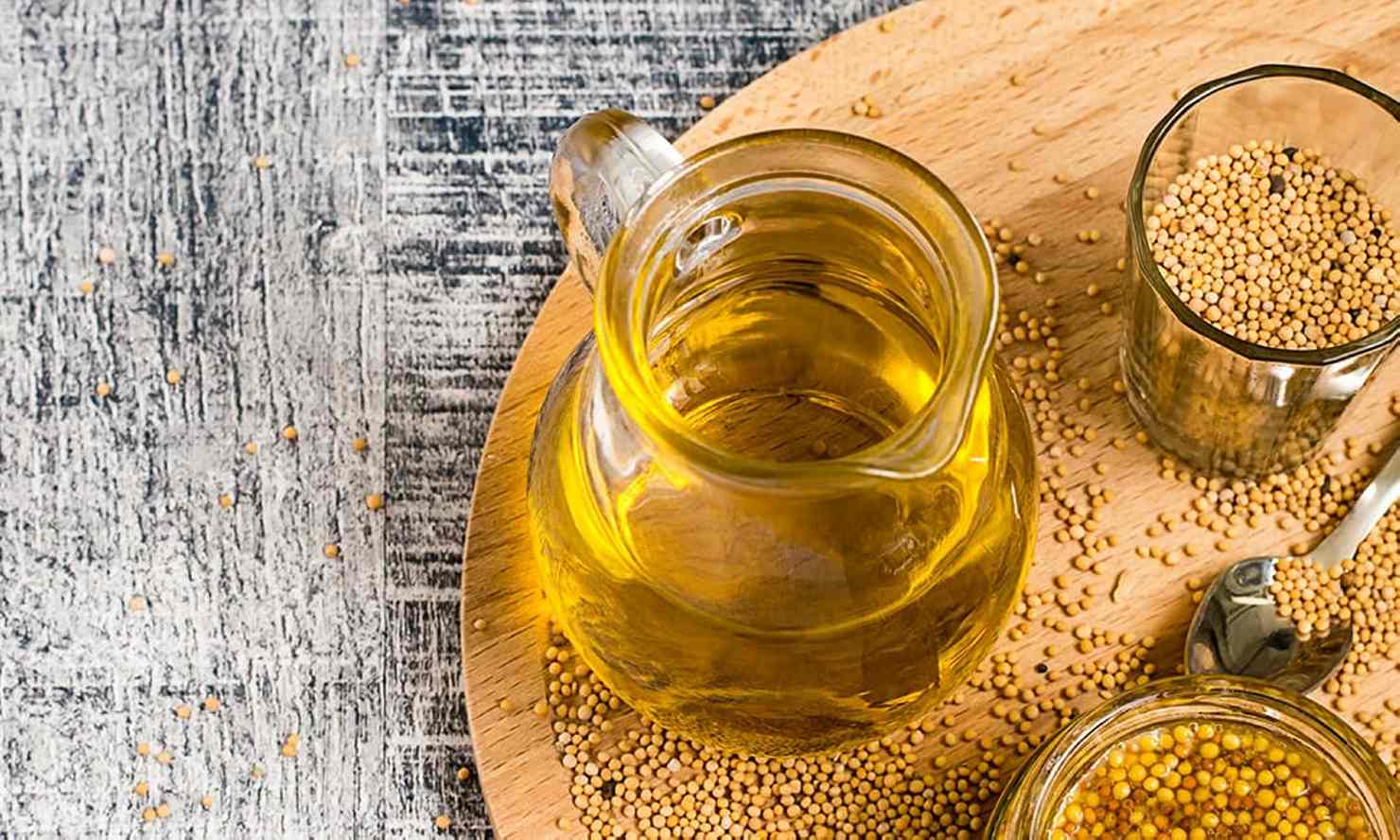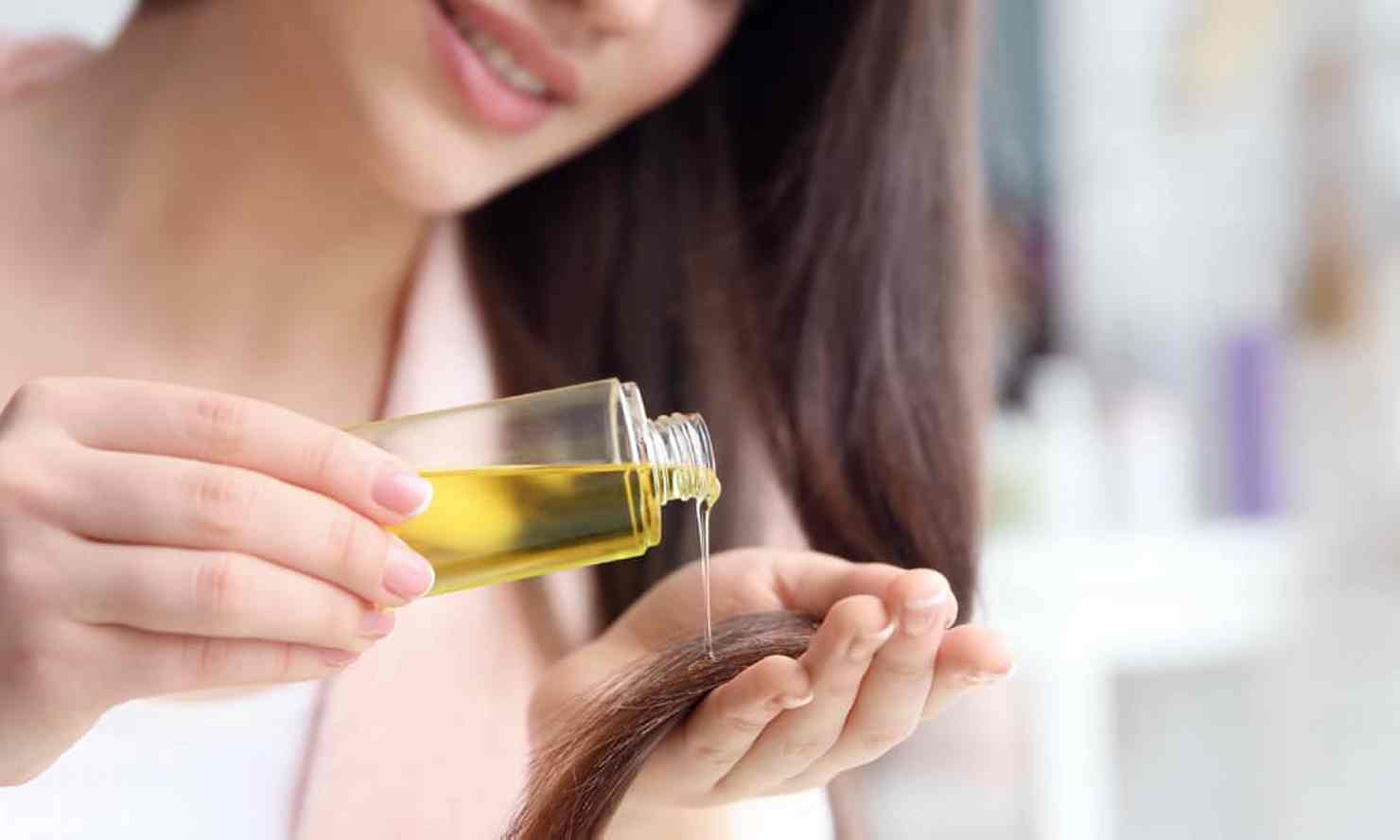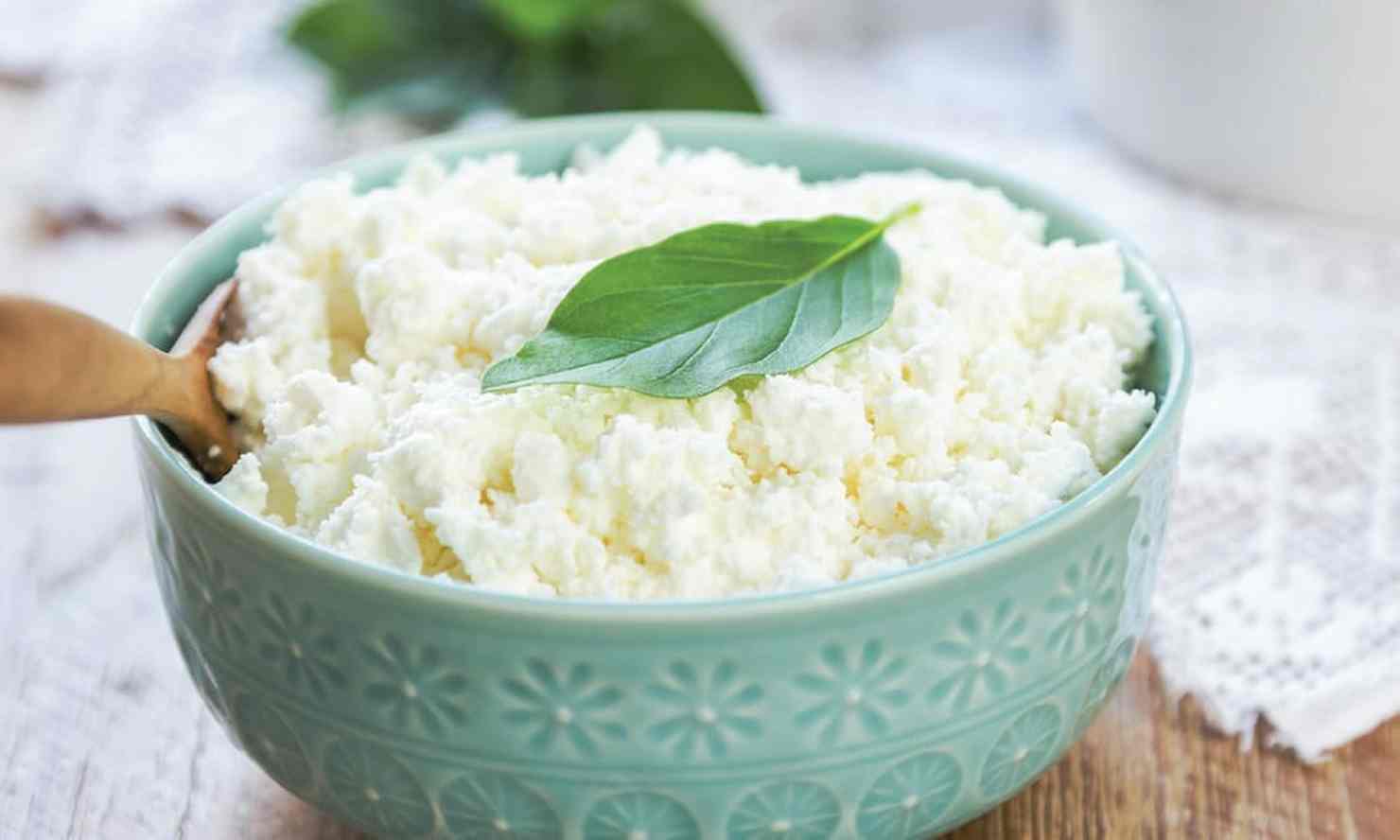
There are many food sources that have been debated over the years as to whether or not they’re helpful or harmful to human health — from eggs and dairy to alcohol and caffeine. You can add mustard oil to that list.
Mustard oil has had a tough go at it for some time, considered toxic to humans for a long time. However, it’s becoming more common — so much so that even chefs in some of New York City’s most popular restaurants have added it to their dishes. (1)
Where does this toxicity concern come from? While mustard oil is extracted by cold compression of mustard seeds, the essential oil version is extracted by steam distillation of mustard seeds soaked in water.
Mustard seeds (black or white) — which are used to grow mustard greens — contain an enzyme called myrosinase and a glucosinolate called sinigrin. These two remain isolated while in the mustard seeds under normal conditions but react when the seeds are subjected to pressure or heat.
In the presence of water, these two components react to form allyl isothiocyanate (in the case of black mustard) and normal isothiocyanate (in the case of white mustard), which are toxic compounds noted as poisonous when ingested either by mouth or through the skin. (2)
However, it’s not all doom and gloom when it comes to mustard oil. In fact, while there are certainly health concerns, there are also numerous benefits to this increasingly popular oil.
What Is Mustard Oil?
Mustard oil comes from seeds of the brassica family, the same family as rapeseed which is the partial source of canola oil. Brassica nigra (black mustard), alba (white) and juncae (brown) are all sources of mustard seed oil.
Mustard oil is one of the main ingredients used in cuisine of Eastern India and Bangladesh — however, in the latter part of the 20th century, its popularity declined in Northern India and Pakistan since the availability of mass-produced vegetable oils became much easier.
Mustard oil has been used for centuries as a food additive, cure for many ailments and even noted as an aphrodisiac. It’s a common diet staple in places like India and Bangladesh. It’s made from crushed or pressed mustard seeds and easy to find at most Indian grocery stores.
Koreans frequently use mustard oil in a hot seasoning blend, while some Chinese cuisines use it in dressings. However, it’s most commonly used in shorshe bata, which is a powerful paste of mustard seeds and oil that showcases the delicacy of the popular South Asian fish called ilish.
Mustard oil has a distinctive and rather pungent taste, a common characteristic of all plants in the mustard family, including cabbage, cauliflower, turnip, radish, horseradish or wasabi.
Mustard oil nutrition has about:
- 60 percent monounsaturated fatty acids (42 percent erucic acid and 12 percent oleic acid)
- 21 percent polyunsaturated fat (6 percent the omega-3 alpha-linolenic acid and 15 percent the omega-6 linoleic acid)
- 12 percent saturated fat
Mustard oil is considered to be an oil that has low saturated fat compared to other cooking oils. Its fatty acid composition makes it a source for omega-3, omega-6 and omega-9.
Health Benefits
1. Boosts Cardiac Health
Incorporating mustard oil into your diet may help protect against heart disease, according to a study in the April 2004 issue of the American Journal of Clinical Nutrition. The oil is rich in monounsaturated fats and polyunsaturated fats, both of which help lower bad cholesterol and raise good HDL cholesterol.
Improving your cholesterol balance also helps lower triglycerides, or blood fat levels, which can in turn prevent obesity, kidney disease and hyperthyroidism, in addition to improving heart health. (3)
2. Contains Antibacterial and Antifungal Properties
Mustard oil is thought to work as an antibacterial agent when taken both internally and externally and as an antifungal when used externally. Internally, it can fight bacteria infections in the colon, intestines and other parts of the digestive tract. Externally, it may be able to treat both bacterial and fungal infections when applied directly to the skin.
Researchers from the Armed Forces Institute, reporting in the October 2004 issue of the Journal of the College of Physicians and Surgeons, stated that a 1:1 mixture of honey and mustard oil is effective at killing dental bacteria and may be useful in root canal treatments. It may even help fight fungal and vaginal yeast infections by massaging your body with mustard oil due to the allyl isothocyanate found within it. (4, 5)
3. Benefits the Skin
Mustard oil is often applied externally, especially during massages. The oil has high levels of vitamin E, which helps improve skin health. It can help protect the skin against free radical damage from ultraviolet light and pollution, and can even help reduce the look of fine lines and wrinkles. Additionally, when rubbed into the skin, the vitamin E in the oil can help promote circulation and immunity.
A study in the June 2007 issue of the Journal of Health, Population and Nutrition reports that even though mustard oil is routinely used in India as a massage oil for newborns, it has the potential to be toxic to the skin. Use caution when you use it for the first time to see if your skin reacts with a rash or swelling. (6)
4. Improves Hair Health
Because mustard seed oil is high in omega-3 fatty acids, it may help your hair grow and become healthier. The foods we eat help nourish our bodies, and the hair and skin get to benefit too.
You can also get even more benefits by creating a mustard oil towel wrap. Simply massage mustard seed oil and coconut into your scalp, then cover with a warm towel to help the oil penetrate into your skin and hair follicles; leave it on for 10–20 minutes. Because the oil and the massage can help stimulate blood flow to the scalp, it may stimulate hair growth. (7)
5. Treats Gum Disease
Periodontal disease, aka gum disease, is a chronic inflammatory process accompanied by destruction of periodontium and even the loss of teeth affecting many adults. It’s a much bigger problem in developing and underdeveloped countries, affecting more than 80 percent of these populations. This is dangerous because inflammation in the mouth can lead to problems in the immune system.
In clinical trials using a mustard oil and salt massage on the gums, researchers wanted to determine the efficacy of mustard oil as a gum disease natural treatment. Scaling and root planing was done with ultrasonic scalar, then was followed by gum massaging with salt in mustard oil for five minutes two times per day over a period of three months and showed improvements.
This method of healing is most common in India, where it has not only been used for gum massage, but also for overall maintenance and improvement of oral hygiene. (8)
6. Reduces Pain Associated with Inflammation
Massage with mustard oil may provide relief for rheumatism, arthritis, sprains and aches. The selenium present in the oil reduces effects of inflammation induced by asthma and joint pain by massaging the joints and the entire body with mustard oil. (9)
Doing this in warm environment, slightly heating the oil or maybe using hot stones by a massage professional, may be more effective at relieving the pain and discomfort.
7. It’s Good for the Environment
The composition of mustard oil makes it a great resource for our environment. Most crops produce some plant oil — however, a number of crops produce anywhere from 15 percent to 50 percent or more oil, making them a better resource than others to help reduce the use of fossil fuels.
Oil is extracted by crushing the seed and squeezing the oil out. The oil is exchanged to make biodiesel. This method helps reduce the use of fossil fuels, making mustard oil as fuel a safer, cleaner alternative to benefit the environment. (11)
8. Relaxes and Rejuvenates the Body and Stimulates Blood Flow
Mustard oil can be great for the circulation of blood to the skin when used for massage. While most effective when the mustard oil is warm, masseuses in India commonly use a combination of mustard oil with essentials oils, while massaging, to stimulate the blood flow. This also works as a natural stress reliever.
The oil can help relieve pain and provide relaxation to stressed and overworked muscles, and an increase in blood flow or circulation can help benefit the body because increased blood circulation improves oxygen-rich blood flow to the extremities and vital organs. The skin also gets nourishment and rejuvenation as the blood flow is stimulated. (12)
Interesting Facts
Quality mustard oil has been difficult to find in the U.S. in the past, but it’s now easily imported from India, Bangladesh and Pakistan, and usually found in specialized stores for about $5 a liter.
Expressed mustard oil is reportedly used by some cultures as a cooking oil, in particular Asian cultures, and there is a product called mustard oil that is generally recognized as safe, which actually does have an approved food use. This oil is typically referred to as an essential oil of mustard or volatile mustard oil and is a flavoring produced by steam distillation of black mustard flour or mustard cake.
It’s noted as having a small triglyceride component and, therefore, probably very little viscosity or risk of deformation. Regardless, it’s important that you’re aware of the differences.
Mustard oil is most commonly used for cooking and external care in places like India, Nepal and Bangladesh. It’s likened to some of the qualities of wasabi, a popular condiment from a plant harvested Japan, in particular because of that fiery nasal effect. In fact, in India, it’s often cooked to a smoking point to help dilute its eye-watering result.
Mustard oil is also known in Ayurvedic medicine as a poultice for chest congestion and massage.
You will see many uses in South Asia. For example, you may see it used as a welcoming tradition by being poured on both sides of the threshold when someone important comes home for the first time like newlyweds or even a son or daughter who is returning home after a long absence of some sort. In ceremonies, you may see mustard oil used as traditional jaggo earthen pot fuel where a decorated copper or brass vessel called “khadaa” is filled mustard oil and lit.
Other traditional uses may include homemade cosmetics during Mayian, used in instruments to add weight enabling that typical Indian drum sound to be made by rubbing the heel of the hand over it. You may hear this called (Tel masala) Dholak Masala or oil syahi.
Risks and Side Effects
Though the use of mustard oil for newborn massage has been noted as common practice in some countries, there are some studies that show possible negative effects of mustard oil use on infants.
Because of concerns regarding the erucic acid found in mustard oil, usually around 20 percent to 40 percent, bottles of pure mustard oil sold in the U.S. must include the warning: “For external use only.” The Food and Drug Administration (FDA) banned the import or sale of pure mustard oil for food purposes in the 1990s. Some studies have shown that erucic acid may cause heart problems in lab rats. The FDA reports that it does not regulate the oil, but it does require the warning on the label.
Walter Willet, chairman of the department of nutrition at the Harvard School of Public Health, states that erucic acid levels in mustard oil are not necessarily dangerous, but he also notes that we are not sure — which means more studies need to be conducted.
Your local health food store, specialty spice shop or Indian grocery will likely mustard oil for purchase, but as noted above, the labeling must read “For external use only.” This comes from concerns from the FDA. The FDA posted an alert regarding the health risks of mustard oil due to its erucic acid.
The FDA published risks associated with mustard seed in 2011. “Expressed mustard oil is not permitted for use as a vegetable oil. It may contain 20 to 40% erucic acid, which has been shown to cause nutritional deficiencies and cardiac lesions in test animals. Expressed mustard oil is reportedly used by some cultures as a cooking oil.” (16)
Final Thoughts
- In the presence of water, two compounds in mustard seeds react to form allyl isothiocyanate or normal isothiocyanate, which are toxic compounds noted as poisonous when ingested either by mouth or through the skin.
- Because of concerns regarding the erucic acid found in mustard oil, usually around 20 percent to 40 percent, bottles of pure mustard oil sold in the U.S. must include the warning: “For external use only.”
- Walter Willet, chairman of the department of nutrition at the Harvard School of Public Health, states that erucic acid levels in mustard oil are not necessarily dangerous, but he also notes that we are not sure — which means more studies need to be conducted.
- However, mustard oil isn’t usually dangerously toxic when utilized properly, and it provides the following benefits: boosts cardiac health, contains antibacterial and antifungal properties, benefits the skin, improves hair health, helps treat gum disease, reduces pain associated with inflammation, is good for the environment, relaxes and rejuvenates the body, and stimulates blood flow.





